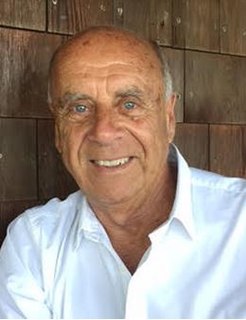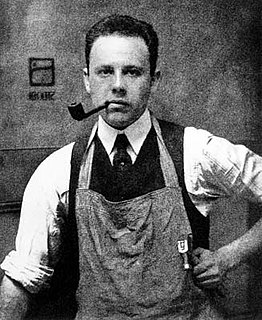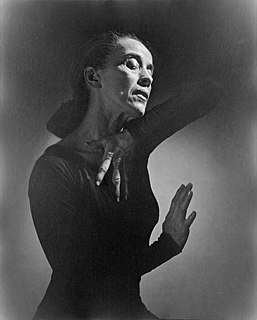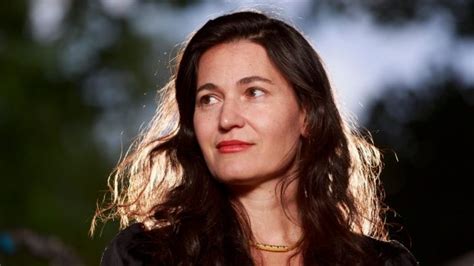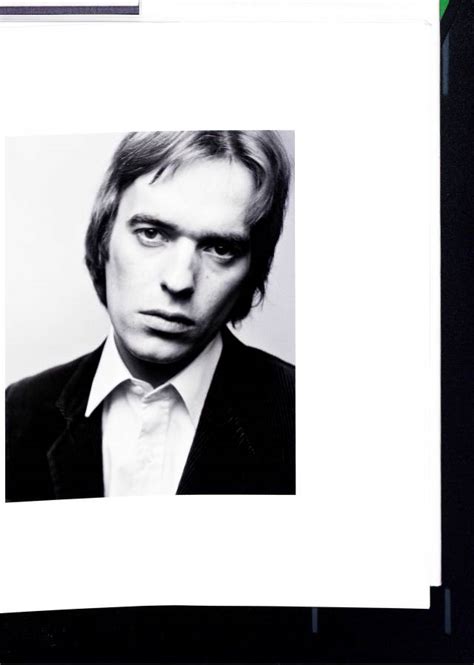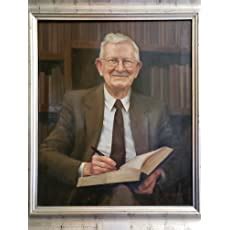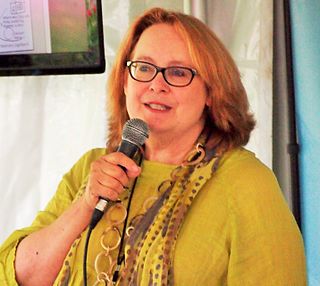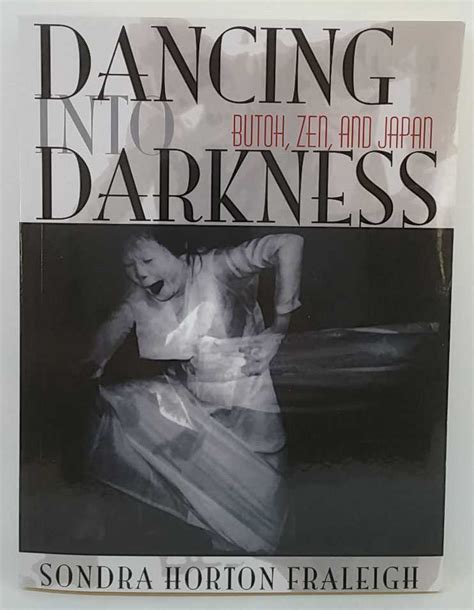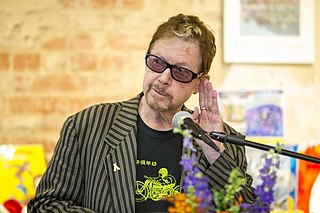A Quote by Ralph Gibson
Even though fixed in time, a photograph evokes as much feeling as that which comes from music or dance. Whatever the mode - from the snapshot to the decisive moment to multi-media montage - the intent and purpose of photography is to render in visual terms feelings and experiences that often elude the ability of words to describe. In any case, the eyes have it, and the imagination will always soar farther than was expected.
Related Quotes
Cartier-Bresson has said that photography seizes a 'decisive moment', that's true except that it shouldn't be taken too narrowly...does my picture of a cobweb in the rain represent a decisive moment? The exposure time was probably three or four minutes. That's a pretty long moment. I would say the decisive moment in that case was the moment in which I saw this thing and decided I wanted to photograph it.
The decisive moment, the popular Henri Cartier-Bresson approach to photography in which a scene is stopped and depicted at a certain point of high visual drama, is now possible to achieve at any time. One's photographs, years later, may be retroactively rephotographed by repositioning the photographer or the subject of the photograph, or by adding elements that were never there before but now are made to exist concurrently in a newly elastic sense of space and time.
But how much better, in any case, to wonder than not to wonder, to dance with astonishment and go spinning in praise, than not to know enough to dance or praise at all; to be blessed with more imagination than you might know at the given moment what to do with than to be cursed with too little to give you -- and other people -- any trouble.
If you have words and want to write music for them, the words hit you with a feeling which you can't really describe in words, and so what you do is to put music to them and in this way you make contact with the words, through the musical thing. It happens when two feelings come together and they do something together and they compliment each other.
Even now, all possible feelings do not yet exist, there are still those that lie beyond our capacity and our imagination. From time to time, when a piece of music no one has ever written or a painting no one has ever painted, or something else impossible to predict, fathom or yet describe takes place, a new feeling enters the world. And then, for the millionth time in the history of feeling, the heart surges and absorbs the impact.
The moment you make a photograph you consign whatever you photograph to the past as that specific moment no longer exists, it is history. The photography that I practice takes place in a specific time and place, depicting real moments in people's lives. In some ways I think of myself as a historian, but not of the word. History is most often written from a distance, and rarely from the viewpoint of those who endured it.
Prayers prayed in the Spirit never die until they accomplish God's intended purpose. His answer may not be what we expected, or when we expected it, but God often provides much more abundantly than we could think or ask. He interprets our intent and either answers or stores up our prayers. Sincere prayers are never lost. Energy, time, love, and longing can be endowments that will never be wasted or go unrewarded.
I may be able to spot arrowheads on the desert but a refrigerator is a jungle in which I am easily lost. My wife, however, will unerringly point out that the cheese or the leftover roast is hiding right in front of my eyes. Hundreds of such experiences convince me that men and women often inhabit quite different visual worlds. These are differences which cannot be attributed to variations in visual acuity. Man and women simply have learned to use their eyes in very different ways.
[... Dance] involves every possible feeling (as potential), because it is of the body, which is lived (inescapably) as a body of feeling. Some of these feelings we can name, and some we cannot, since we associate feelings with language only when we name them. The body lives sentience on a preverbal level. Dance exists first on this primordial level, not on an intellectual plane (even though it requires skill and intelligence). Its inmost substance cannot be reasoned, only experienced.
The inability to correctly perceive reality is often responsible for humans' insane behavior. And every time they substitute an all-purpose, sloppy slang word for the words that would accurately describe an emotion or a situation, it lowers their reality orientations, pushes them farther from shore, out onto the foggy waters of alienation and confusion.
Usually in theater, the visual repeats the verbal. The visual dwindles into decoration. But I think with my eyes. For me, the visual is not an afterthought, not an illustration of the text. If it says the same thing as the words, why look? The visual must be so compelling that a deaf man would sit though the performance fascinated.
In my photographic work I'm generally attracted to places that contain memories, history, atmospheres and stories. I'm interested in the places where people have lived, worked and played. I look for traces of the past, visual fingerprints, evidence of activities - they fire my imagination and connect into my own personal experiences. Using the analogy of the theater, I would say that I like to photograph the empty stage, before or after the performance, even in between acts. I love the atmosphere of anticipation, the feeling in the air that events have happened, or will happen soon.
